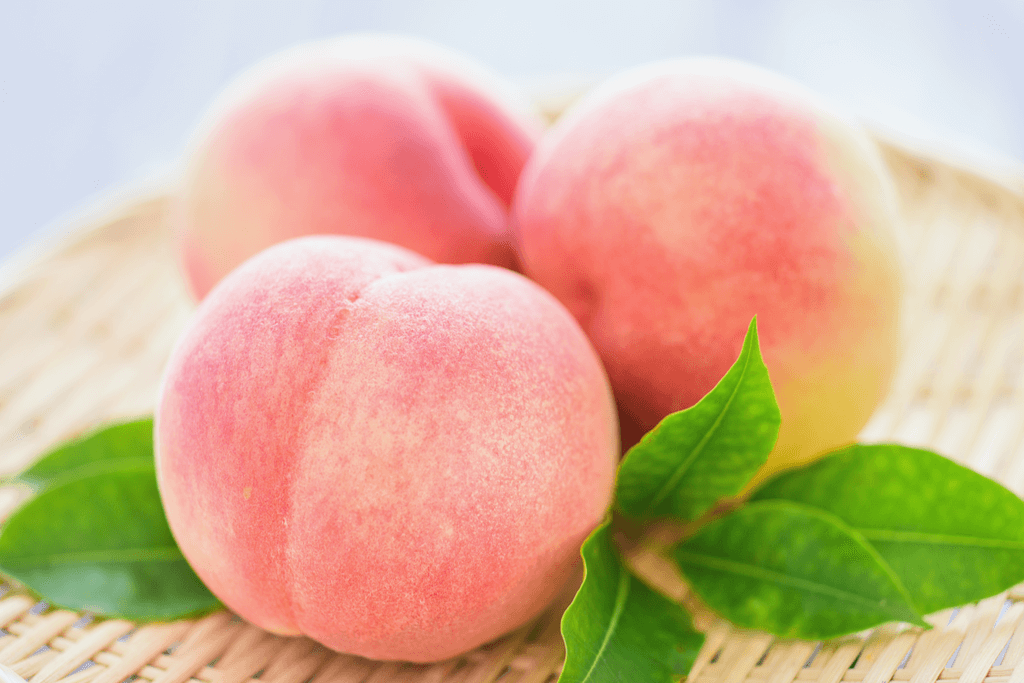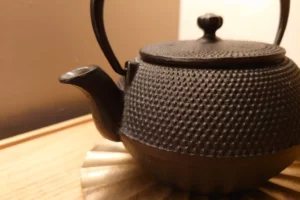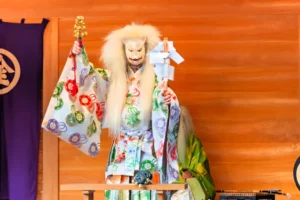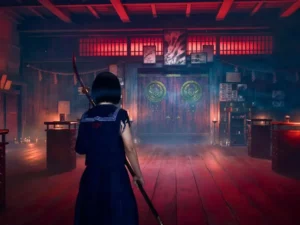Japanese peaches are unique. Peaches cultivated in Japan are sweet and juicy, their soft white flesh unparalleled for its sweetness and melt-in-your-mouth texture. Let’s have a look at why Japanese peaches are known as the best in the world.
Table of Contents
ToggleHistory of Peaches in Japan
It is widely believed that peaches came to Japan in the Yayoi Period (300 BCE – 300 AD), from China, but it was not until the Edo Period that people started to eat them for themselves.
Before this, peaches featured in Japanese literature and writings, even appearing in the oldest known record of Japanese history – the Kojiki – when a character throws three peaches at the demon to successfully drive it away.
Another famous Japanese folktale featuring Japanese peaches is ‘Momotaro the Peach Boy’ which tells the story of a boy born from a peach, based in Okayama Prefecture.
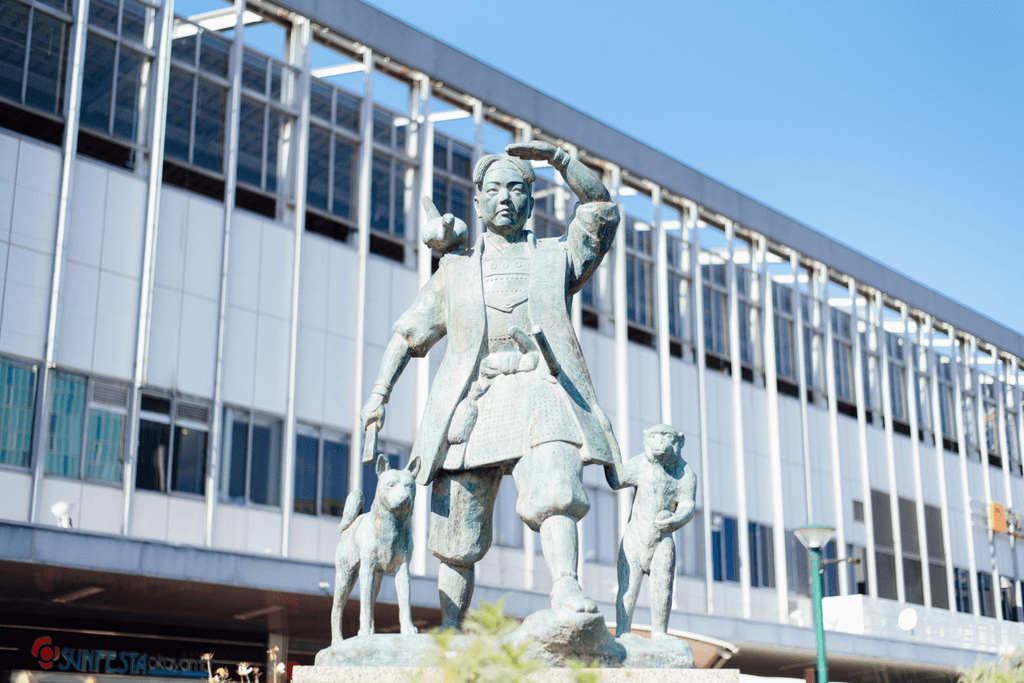
In 1899, a fruit researcher from Okayama Prefecture cross-bred the Shanghai Honey Peach variety to create one of the world’s sweetest peaches, known as the Hakuto Peach (more on that later). This was a turning point in the Japanese Peach story, with people seeing peaches as less of a prop in a story but as a delicious fruit.
Even then, Japanese peaches were only eaten on special occasions, and more often than not given as a gift, as they were so expensive. Peach season, from late-July to early September, also coincides with Japanese giving time, known as ‘chugen,’ which makes them a perfect choice among Japan’s luxury fruit for gift givers around the country.
Everyday fruit consumption increased in the 1960’s as Japanese fruit began to be sold not only in department stores but also in supermarkets and a fruit-loving Western influence came into play.
These days, the majority of Japanese peaches are grown in the Fukushima and Yamanashi Prefectures, with the most expensive varieties grown in Okayama Prefecture. That said, they don’t quite reach the same level as the most expensive fruits in Japan.
These Japanese peaches have you craving some Japanese sweetness? Check out Sakuraco! Sakuraco sends traditional Japanese snacks, sweets, teas, and tableware (even peach jelly) right to your door so you can have a taste of Japan at home!
Varieties of Japanese Peaches
Japanese peaches can be categorized into two distinct types: yellow skin and white skin.
The yellow-skinned Japanese peaches are known for being a little more tart and are more sturdy than their paler-skinned counterparts. Until recently, yellow-skinned peaches were mainly used for canning, as they are more durable; but some sweeter varieties have been developed. These varieties are sold alongside other white-skinned varieties.
White-skinned varieties are delicate, with butter-like flesh that melts as the peach ripens. This makes growing a white peach very tricky, requiring individual attention from a specialist peach farmer. They are the sweetest of all Japanese peaches, with an incredibly high natural sugar content.
Since the Hakuto Peach was first developed back in the Edo Period (1603-1867), there have been other varieties which attempted to match, and have even surpassed, the original Hakuto’s sweetness. Other varieties include: Shimizu White Peach, Fukushima Akatsuki Peach, Yamanashi Hakuho Peach.
Shimizu White Peach
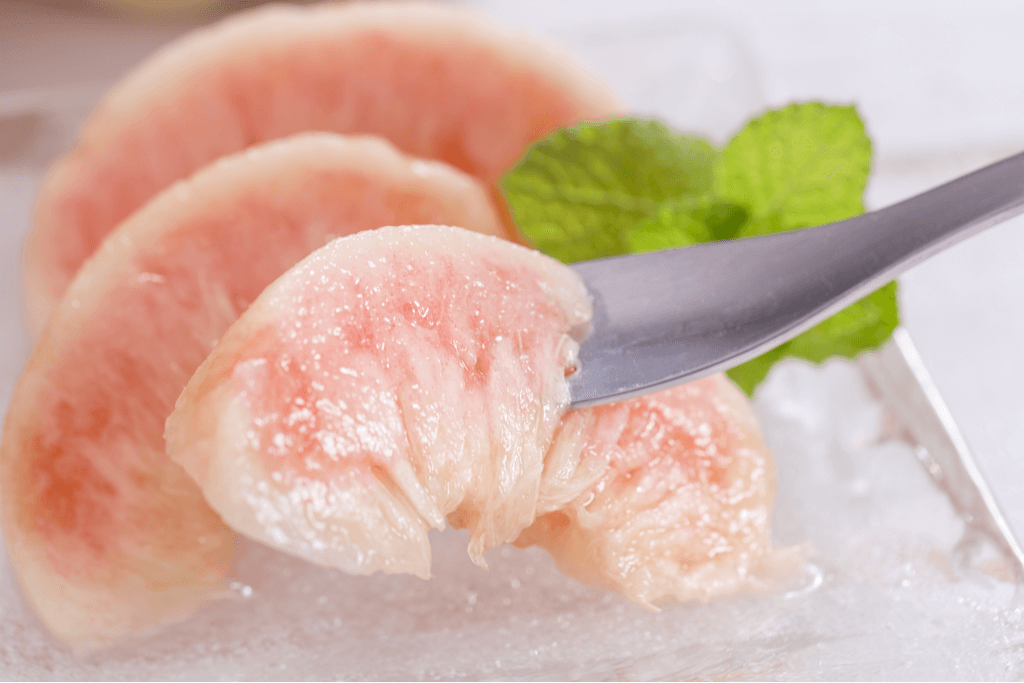
The Shimizu White Peach is possibly the most famous of all Japanese peaches. The Shimizu ‘Hakuto’ Peach is grown in the Okayama Prefecture, a descendant of the original sweet Japanese peach.
The Shimizu Peach is graded with three levels: ‘Ace’ which is 10 on the Brix fruit sugar content chart, ‘King’ which is 11 Brix through to ‘Royal’ which is 12 Brix. Depending on the year, ‘Royal’ varieties can reach 50% of the crop, while in other years, this is only 10%.
Shimizu Hakuto Peaches can fetch around $70 per peach, and looking at the meticulous growing conditions, it is easy to see why.
Growing a Shimizu White Peach is a very careful process, as they are prone to breakage. During the growing process, small bags are attached round each fruit on the peach trees to protect them from disease and pests. It’s similar to how some Japanese melons are expensive because of their extreme care.
When packaging to be sent away from the peach farm, every peach has to be put into the box individually by hand, so as to not damage the delicate fruit.
Yamanashi Hakuho Peach
These yellow-skinned peaches are grown outside of Tokyo, in the Yamanashi Prefecture. They are one of the biggest varieties of peach, weighing between 200-300g (0.45~0.66 lbs). They are super-sweet and completely yellow on the outside.
Depending on the variety of Hakuho Peach, the sweetness level ranges from 12-16 on the Brix scale, combining this with their low acidity means that their sweetness is out of this world!
Fukushima Akatsuki Peach
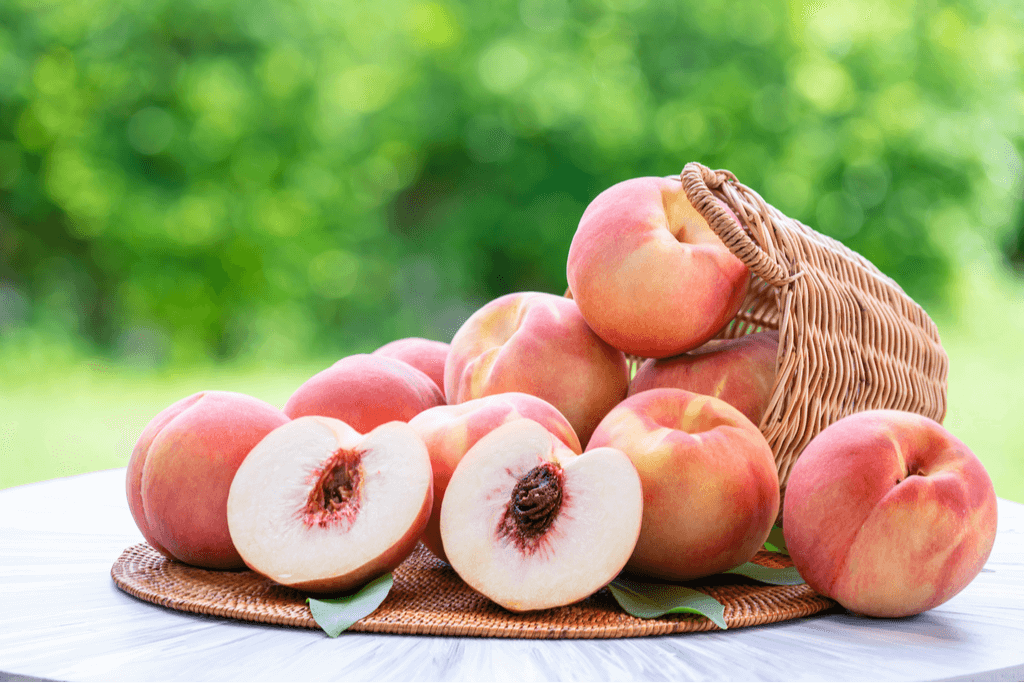
Alongside Yamanashi, Fukushima Prefecture is the largest supplier of peaches in Japan, thanks to its sunny location in Tohoku, central Japan. The Akatsuki Peach is one of the sturdiest of Japanese peaches, with a deep flavor, lower water content and high natural sweetness.
The inside of these peaches in white with a red-pink burst around the pit, making them as beautiful on the outside as on the inside.
Picking a Peach
There are many other varieties of Japanese peach and picking the right one for you will often mean taking into account texture, sweetness, and acidity. For sweetness, a good indicator is the Brix scale, which generally ranges from 10-16. One $7000 peach from Fukushima Prefecture even reached 32 Brix!
Looking at texture; an Akatsuki peach or a white-skinned peach have the softest texture, ranging through to a yellow-skinned peach such as a Hakuho Peach which has more bite.
For acidity, a yellow-skinned variety is often more acidic than a white-skinned one.
Let us know how you get on if you’re in Japan or what peach you’d like to try the most if you’re reading this from further away!

